728x90
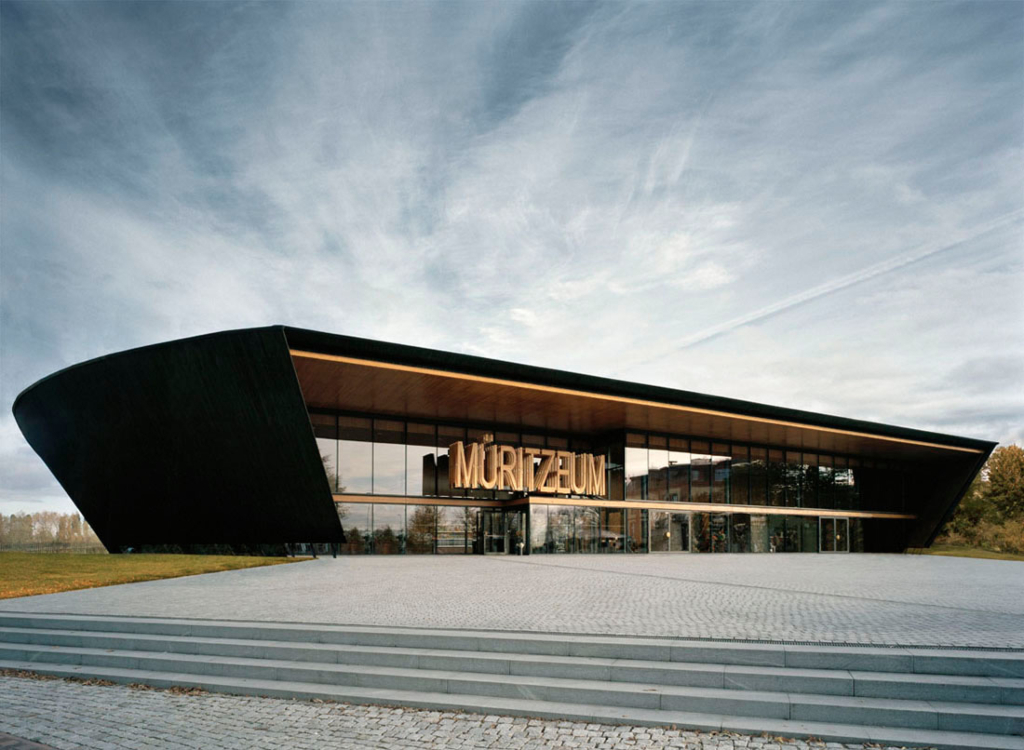
Location: Waren (Muritz), Germany
Architects team: Gert Wingardh, Gunilla Murnieks, Therese Ahlstrom, Joakim Lyth, Ulrika Davidsson, Peter Ohman, Bjorn Nilsson, Liselott Jademyr, Maria Olausson, Anna Palm, Mats Bengtsson, Sara Helder
Construction Year: 2005-2007
Partner in Germany: DGI Bauwerk, Berlin Germany
Contractor: Landlord/owner - Landkreis Muritz
Landscape: NOD, Stockholm, Sweden
Constructed Area: 3,137 sqm
Photographer: Wingardh
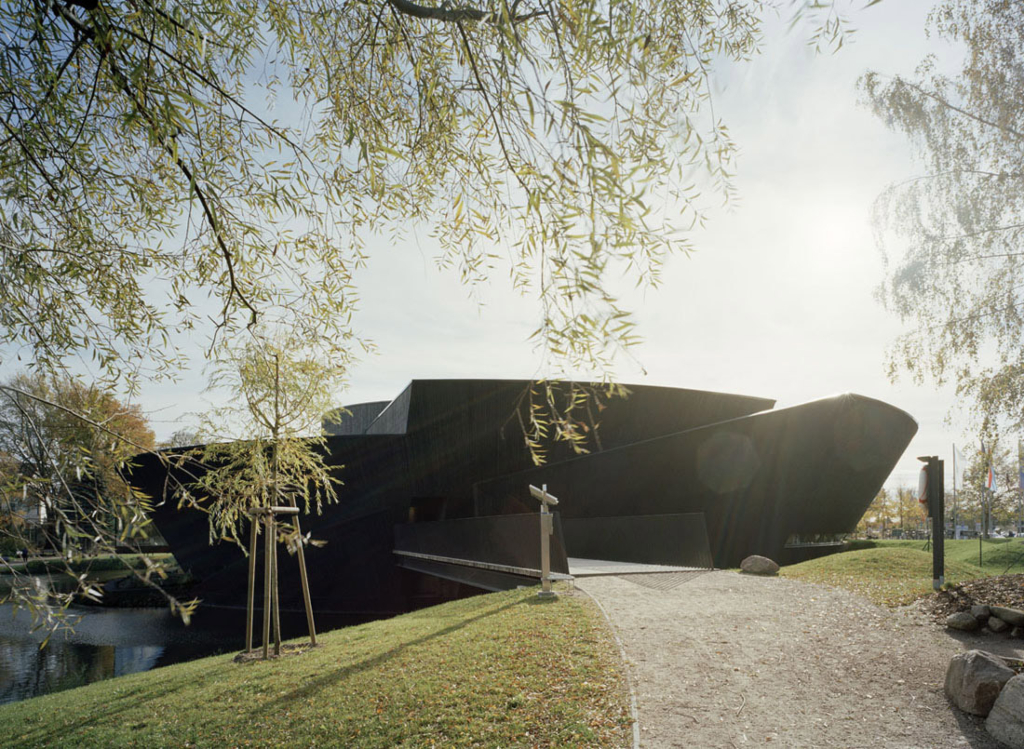
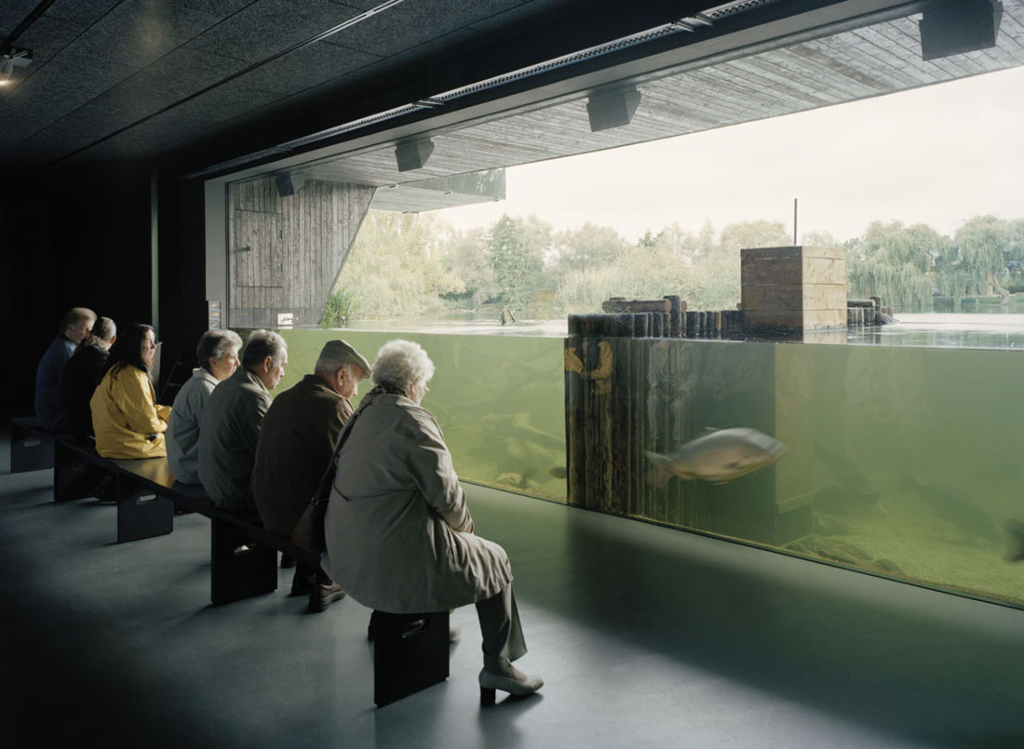
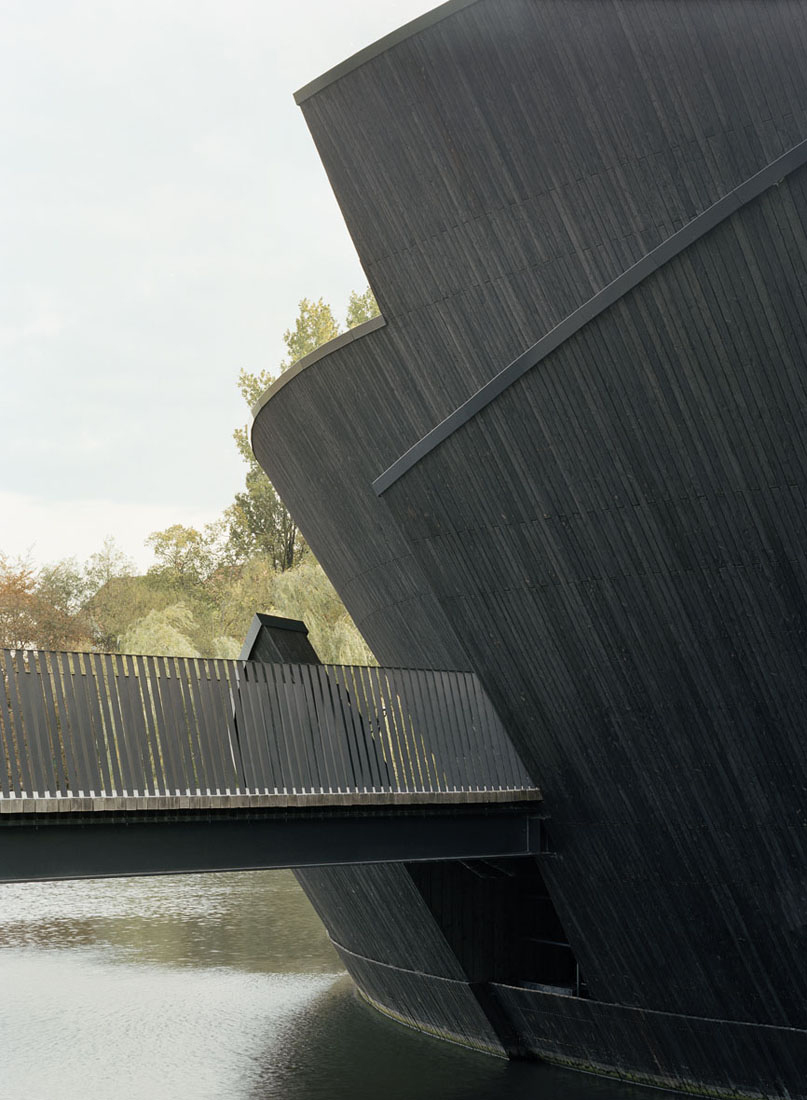
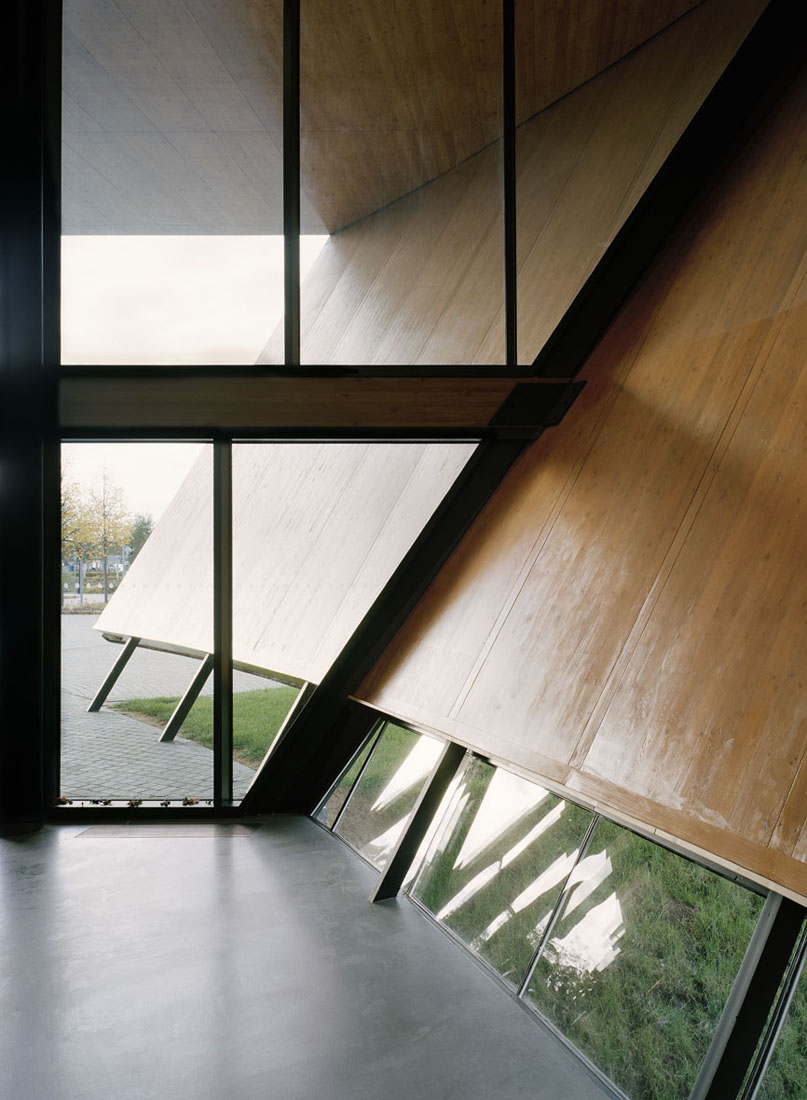
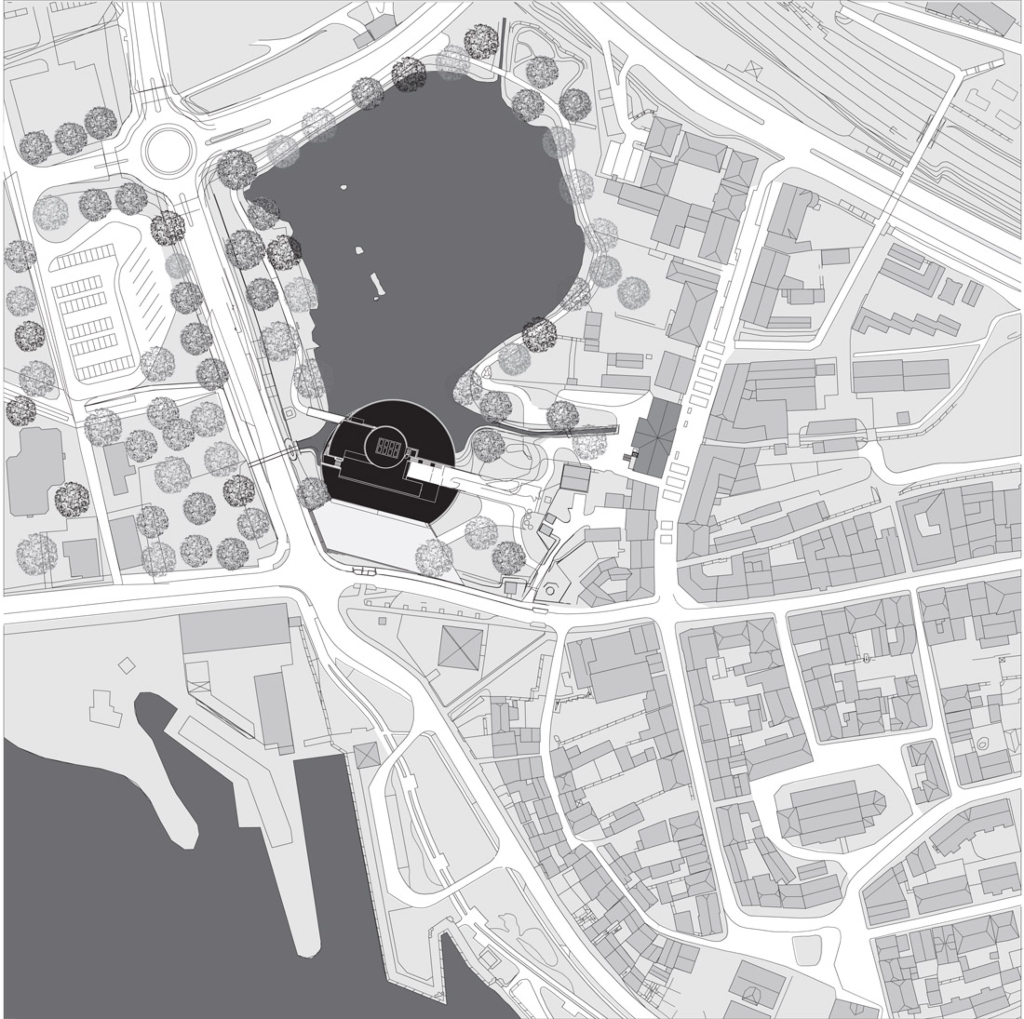
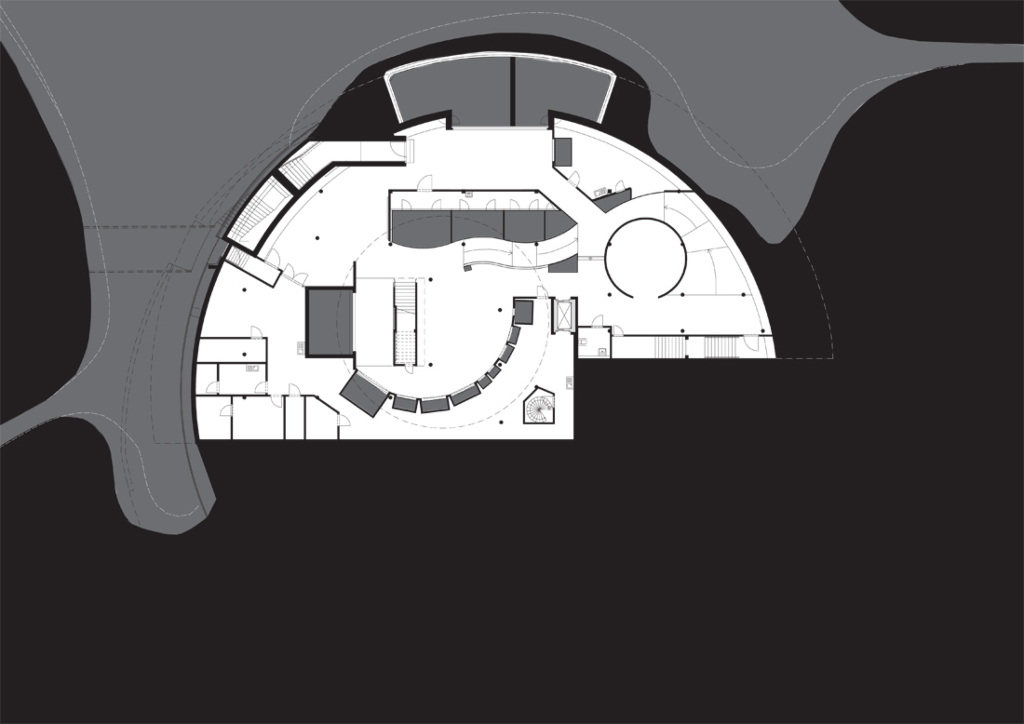
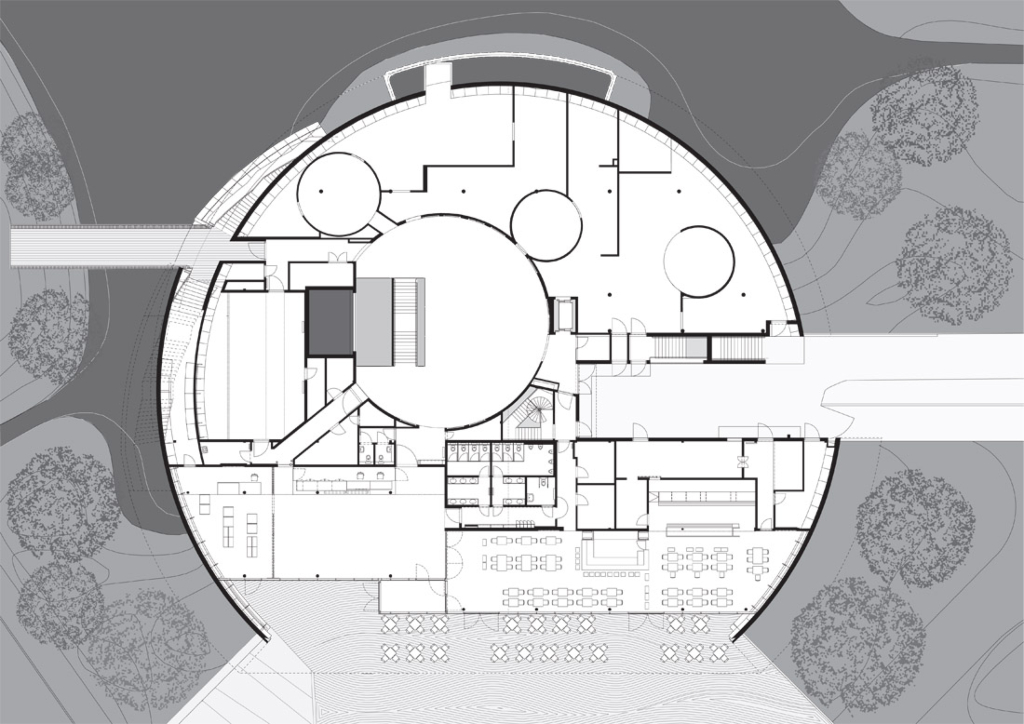
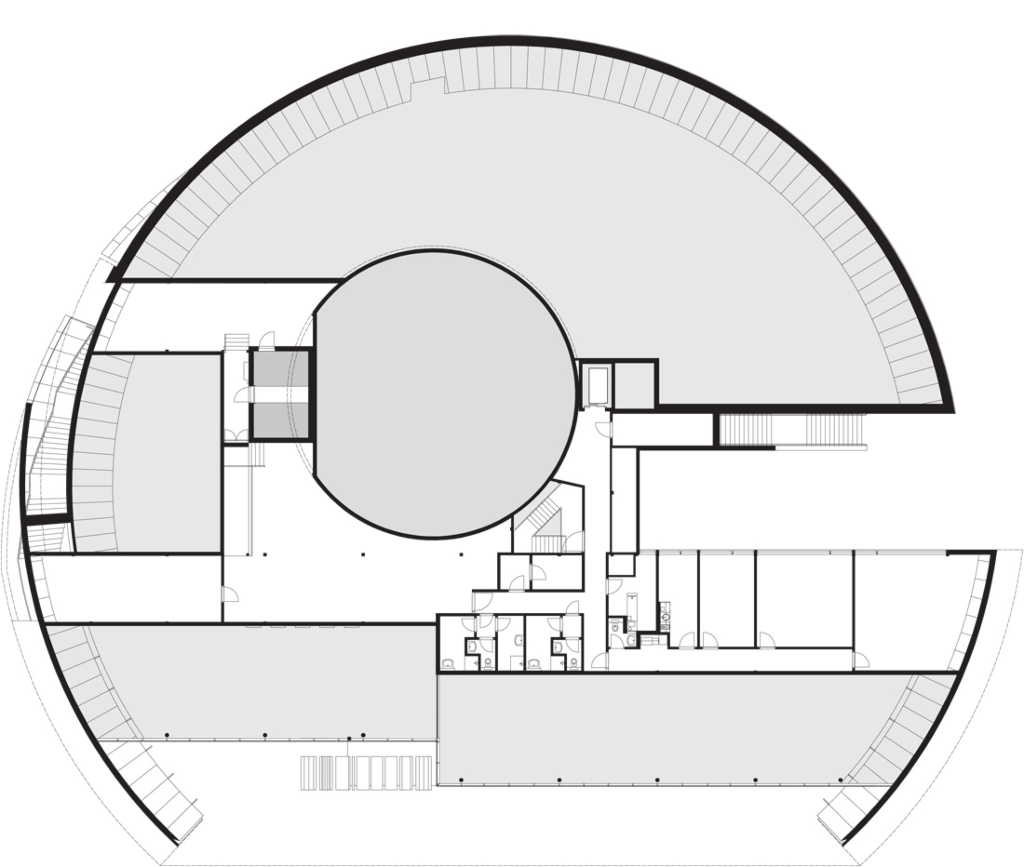


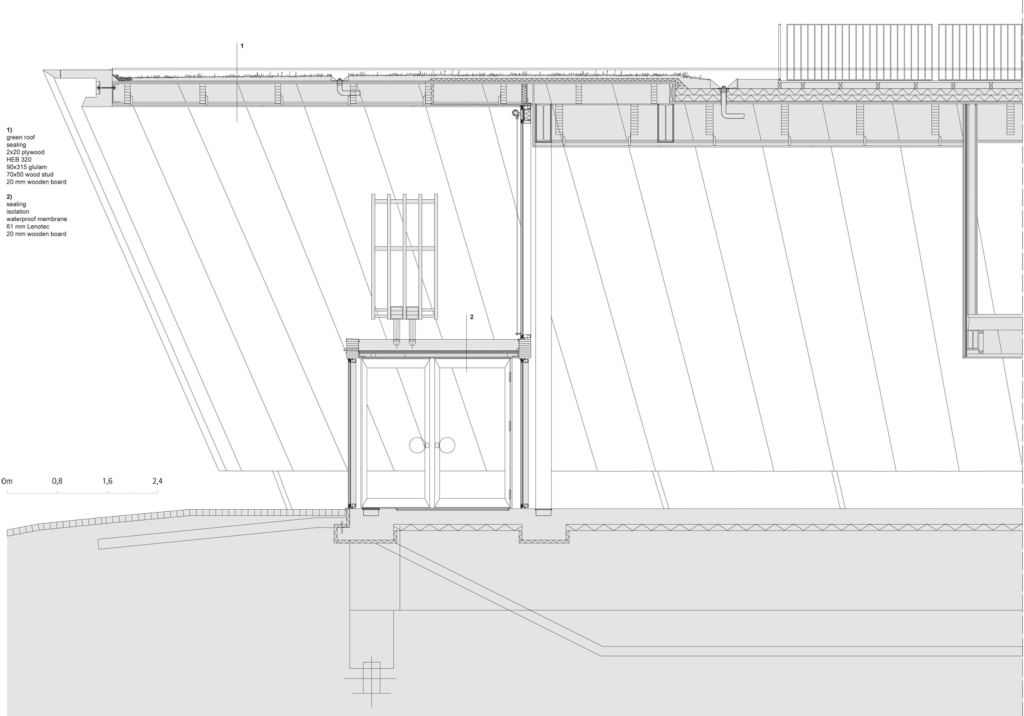
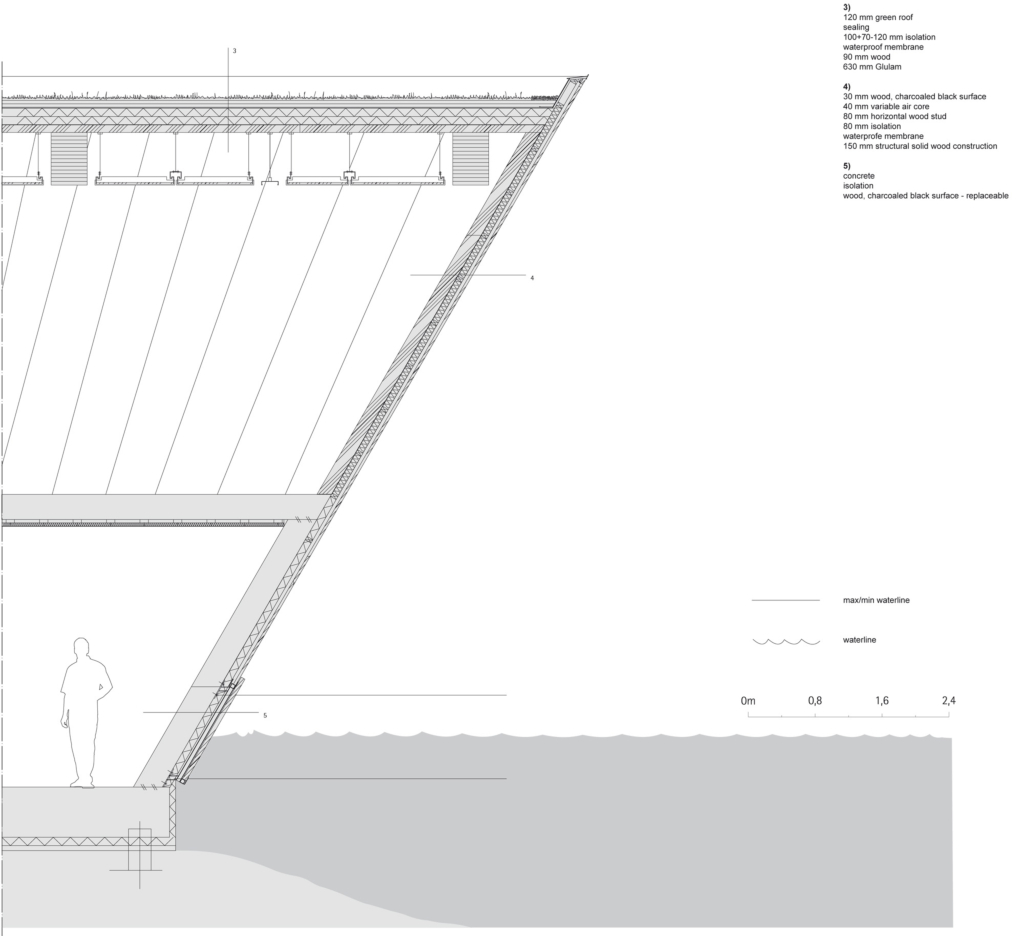
Muritzeum includes a freshwater aquarium, multimedia exhibits, restaurant and a shop.
The building extends out like a peninsular in Herrensee and personifies elements essentially different from one another as solid ground and water.
The round design means the building has no problems blending in among the less conspicuous surroundings despite its large scale. The walls seem to keep a low profile and the building is perceived as being smaller than it actually is.
The sense of undefined direction is articulated through a series of straight sections that reduce the area of the circle.
One section runs parallel with Kietzstraße and offers a large, distinct entrance facade - which is not too imposing, but rather adapted to suit Waren’s scale.
Another section breaks the midpoint of the circle, focuses light on certain working spaces, provides a direct park connection to the centre of the building and perhaps most importantly of all, a flat staircase to the roof of the building. A corresponding external staircase on the west side of the building gives the circle a direction and shows where the front of the building is.
The exterior, highly visible staircases clearly demonstrate how the structure is accessible and that it represents a part of the walk around the Herrensee lake.
From the north, the building is seen in a remote perspective, where the circle with its inclined sides, a little like a ship’s hull, rides on Herrensee’s reflection in the water.
The building is designed as two coned segments at two different heights and with two different radii. The cone segments together create a circle.
The circle is broken, as mentioned, by a pair of sharp sections. The building consists primarily of two floors and a semi-basement.
The cone segments and floor structure that are not in contact with the ground are made of wood.
The supporting walls are 120 mm Leno walls. The external surfaces are of 30 mm carbonized timber with a blackish brown finish that hardly needs any maintenance. This surface treatment gives the building an aura of being an historic landmark while at the same time being environmentally friendly.
In contrast, the wood on the inside of the foyer and pent-roof is a glazed honey colour. These two different expressions in the same material are joined together by a clear glass facade.
그리드형
'REF. > Architecture' 카테고리의 다른 글
| [ Correia Ragazzi ] Casa em Lousado (0) | 2008.11.23 |
|---|---|
| [ SHoP Architects ] In Progress 290 Mulberry (0) | 2008.11.22 |
| [ Oppenheim Architecture + Design ] he Vault (0) | 2008.11.22 |
| [ Centerbrook Architects and Planners ] Park East Synagogue - Pepper Pike, Ohio (0) | 2008.11.19 |
| [ Vora Arquitectura ] Council Sport Complex (0) | 2008.11.18 |